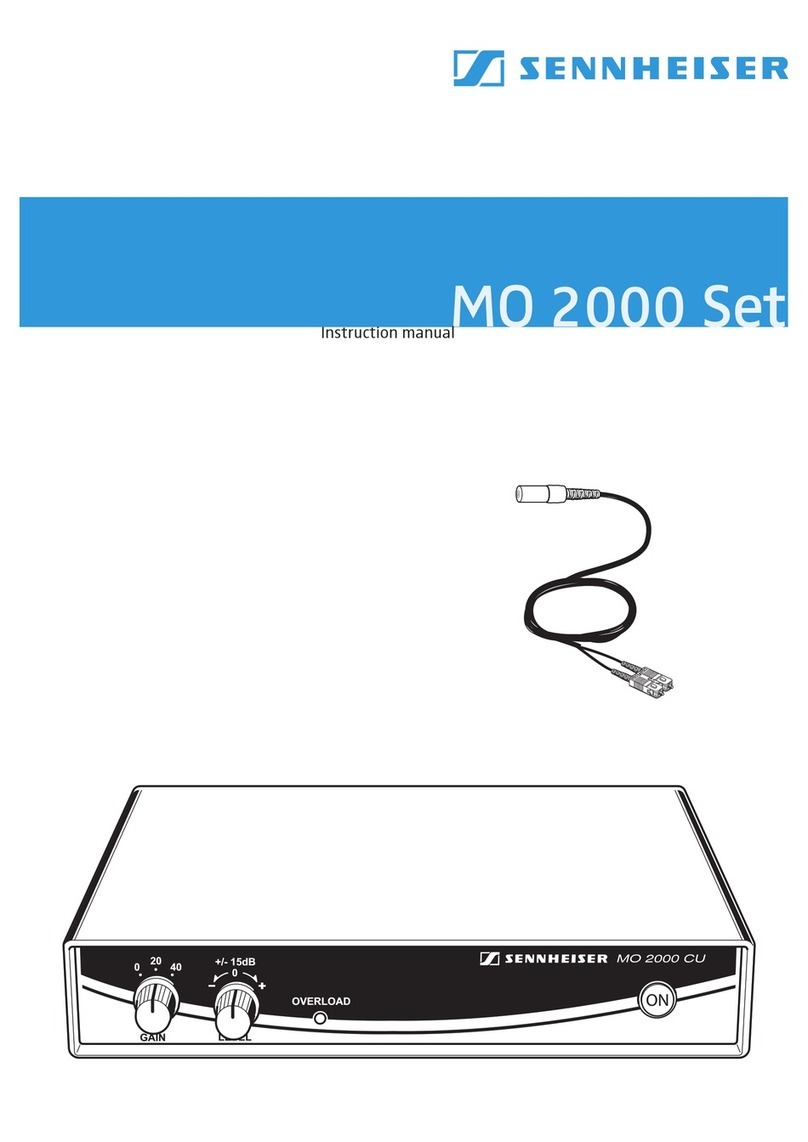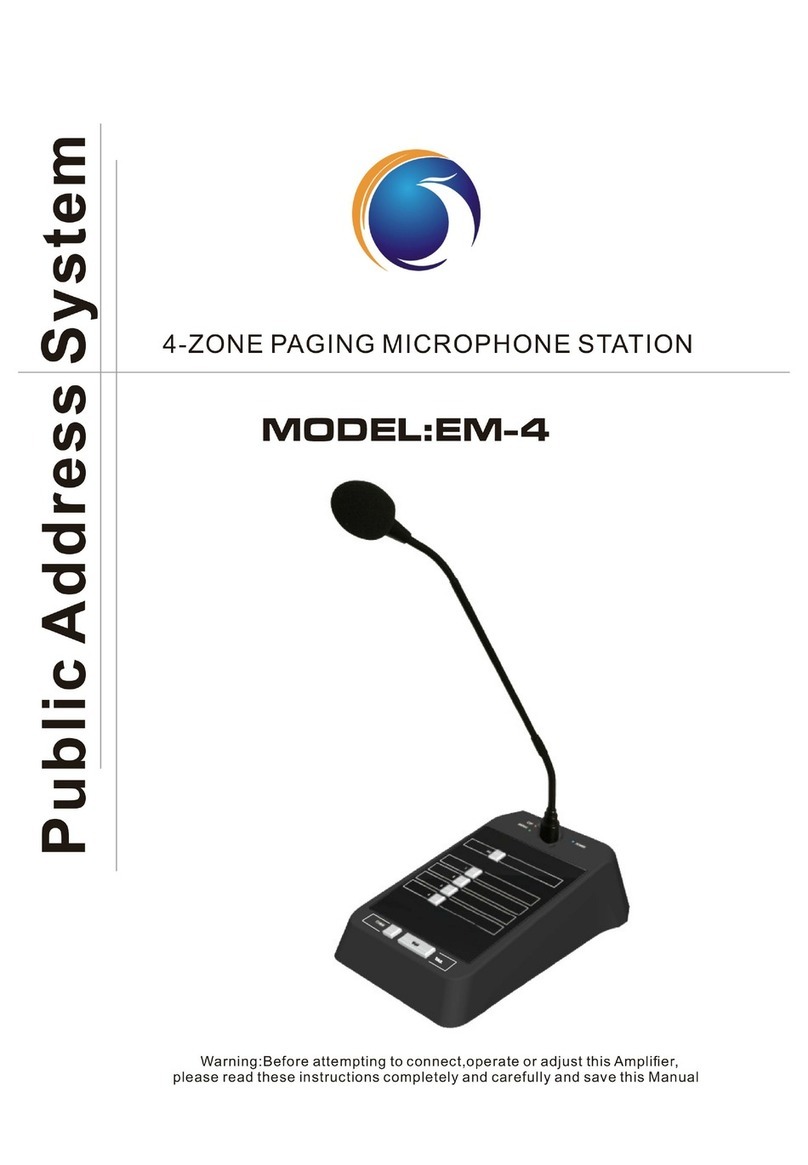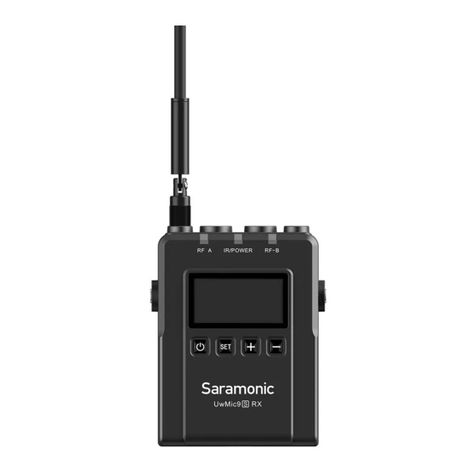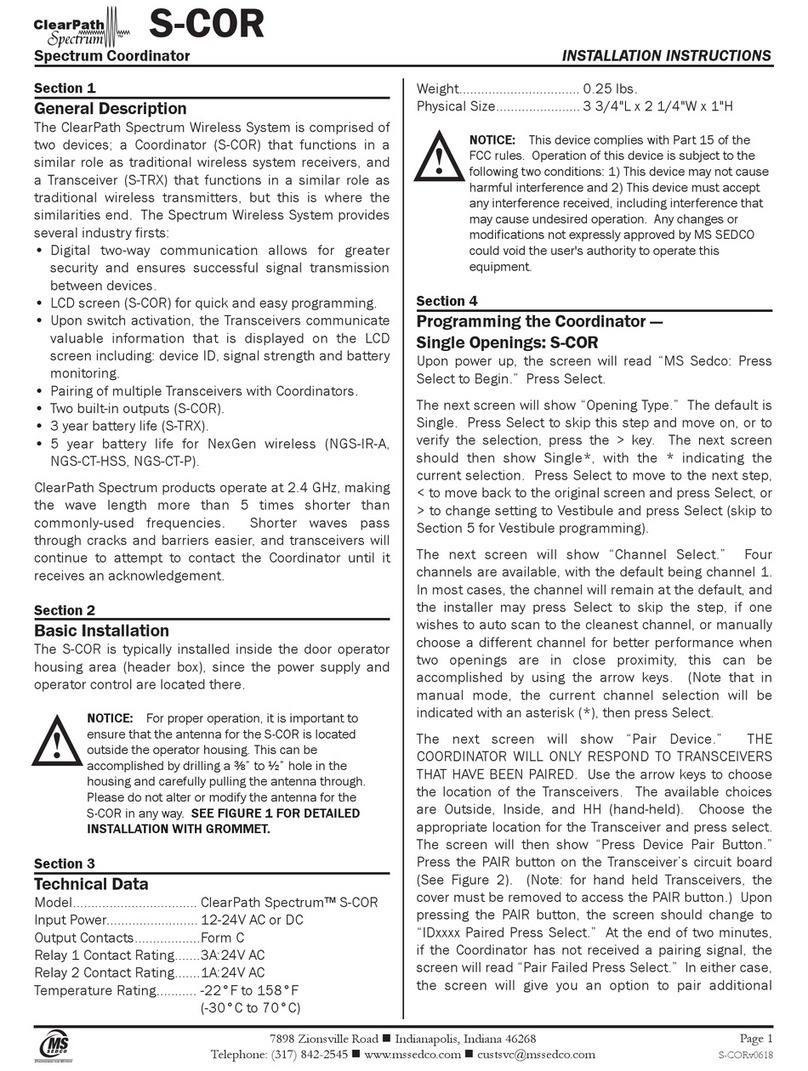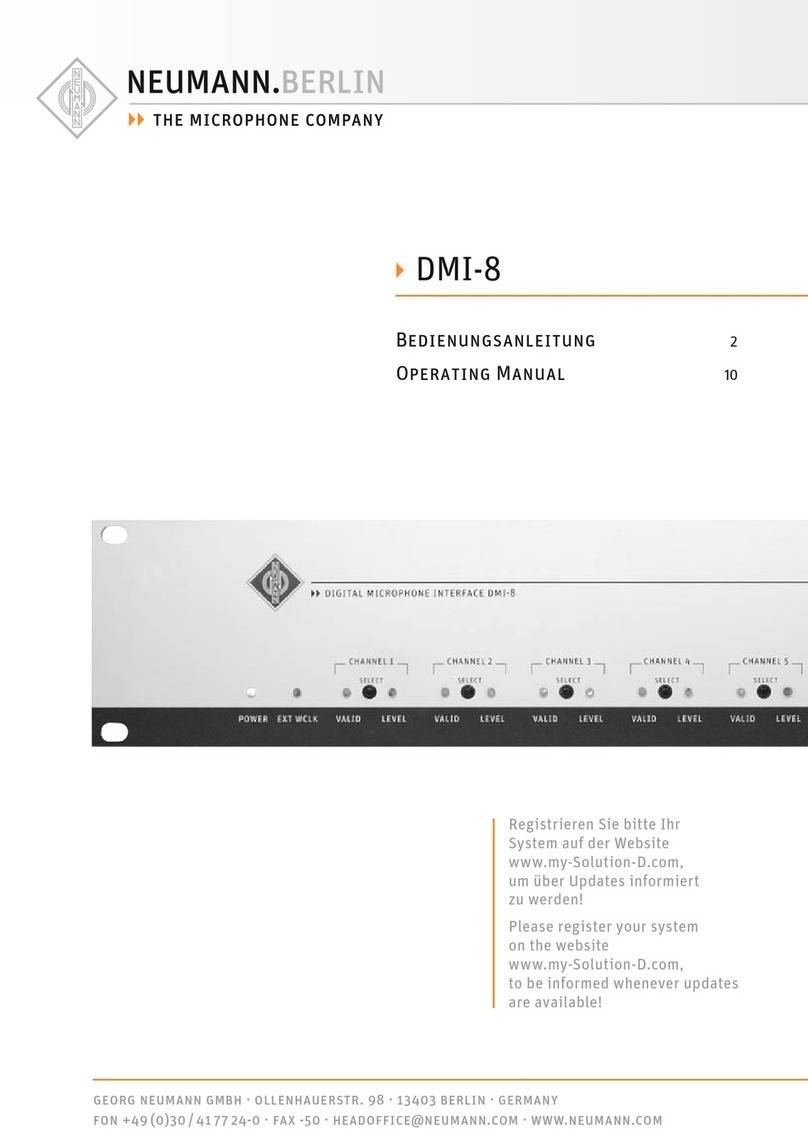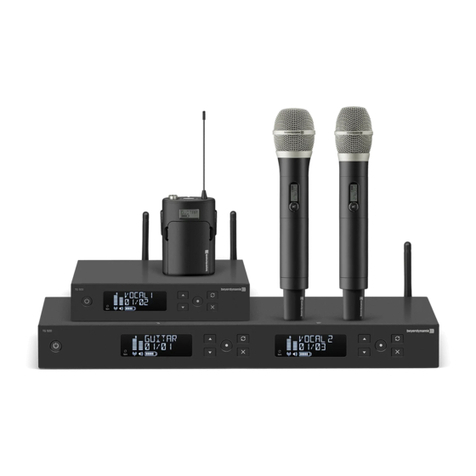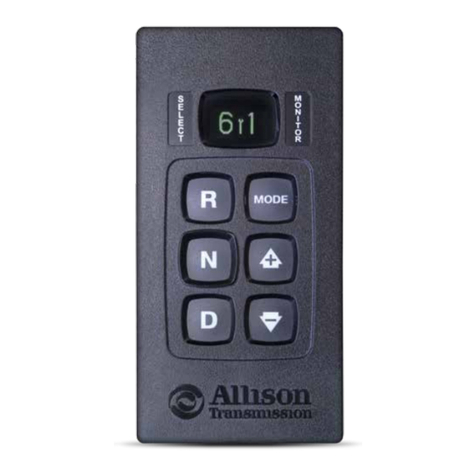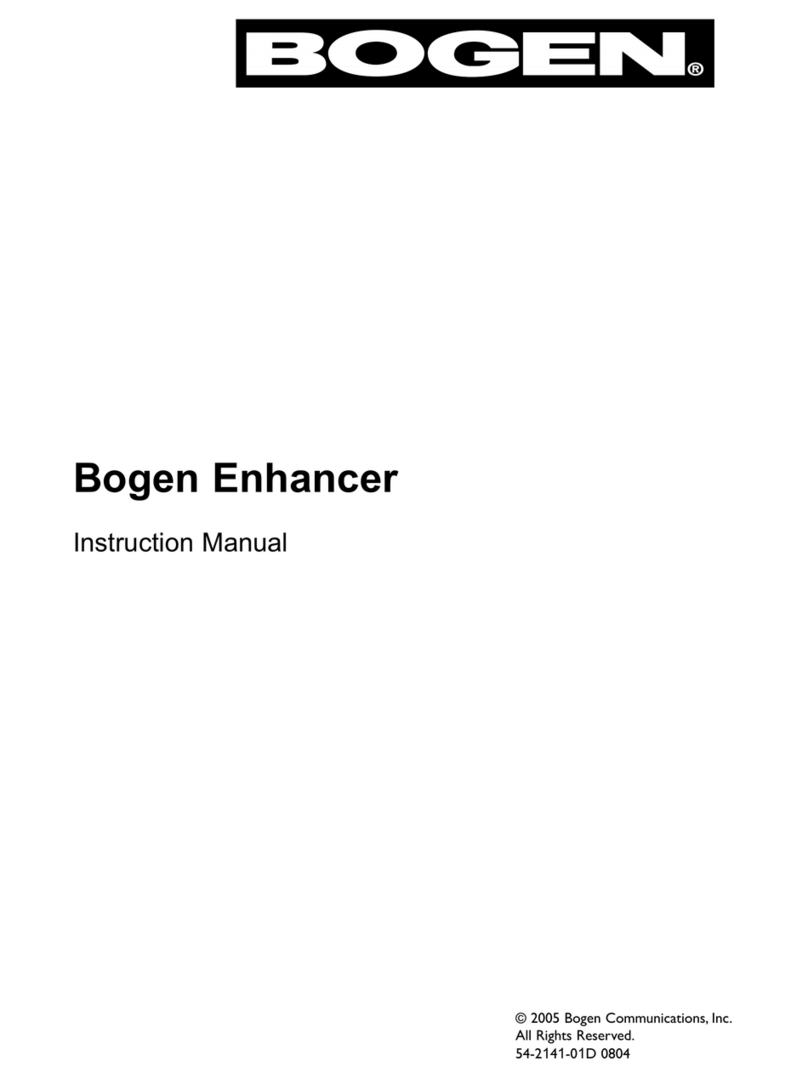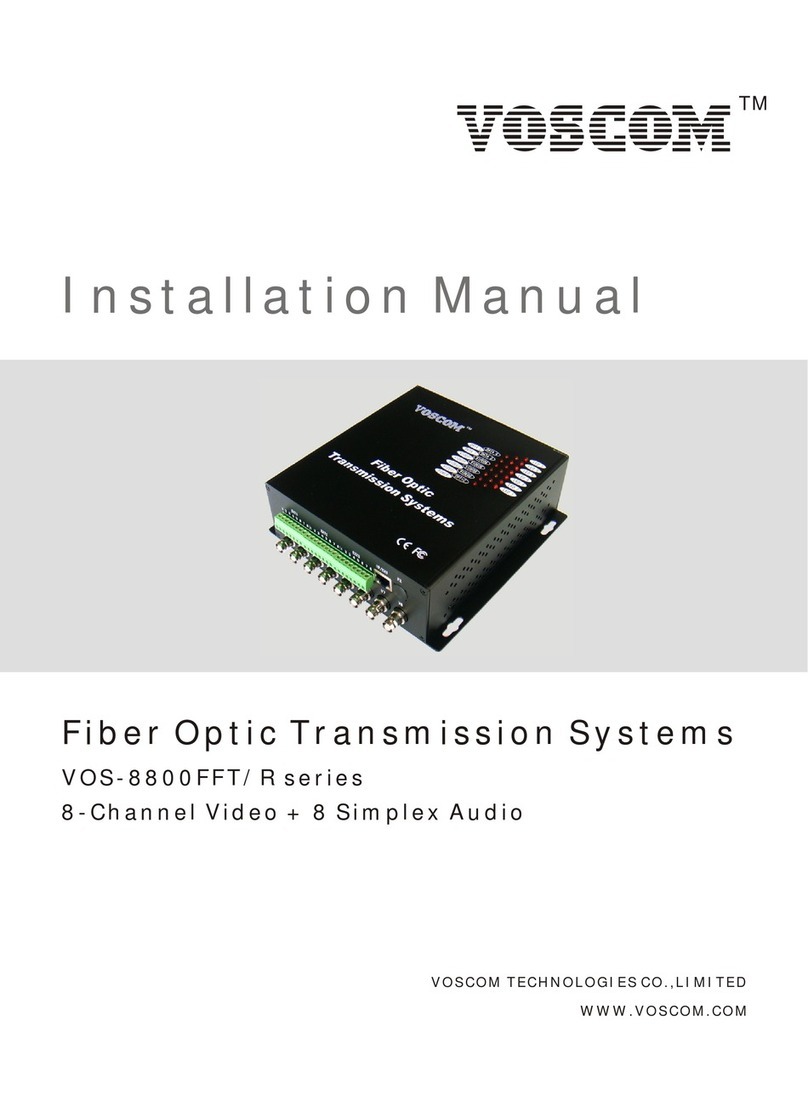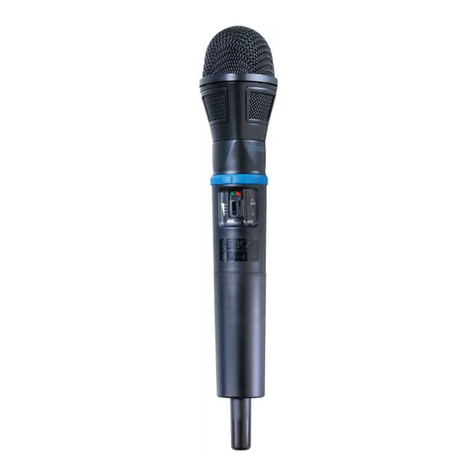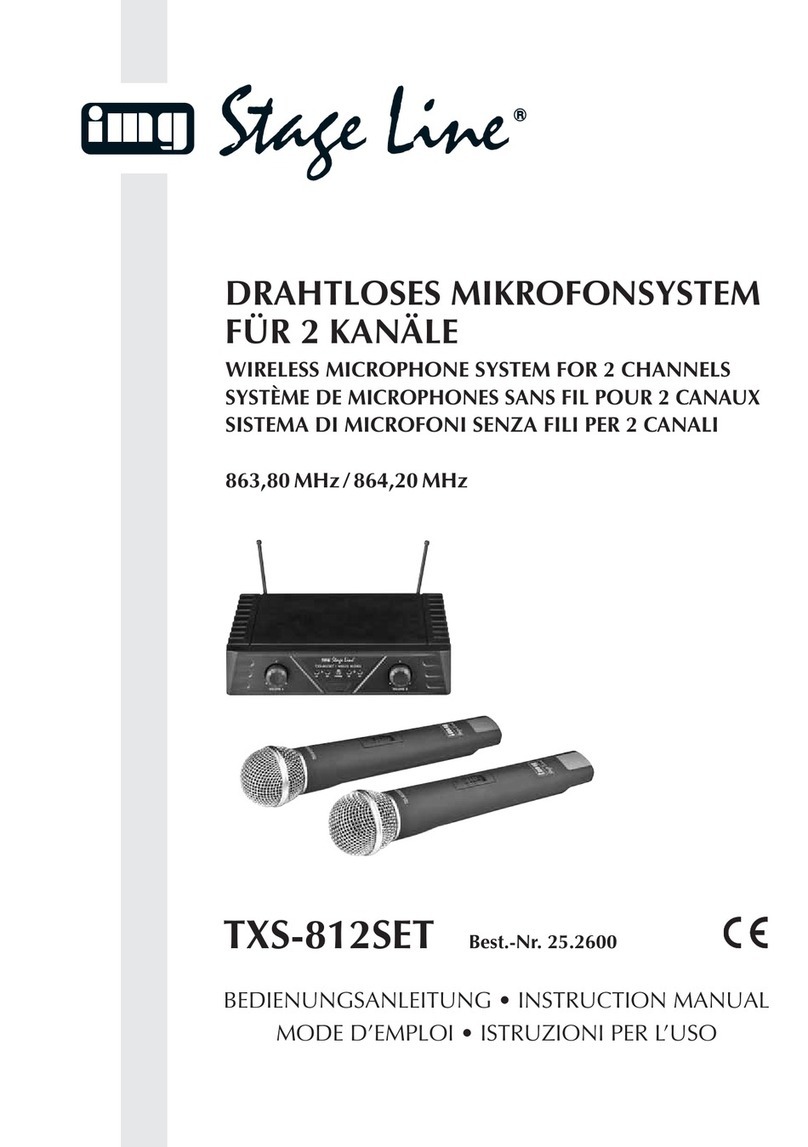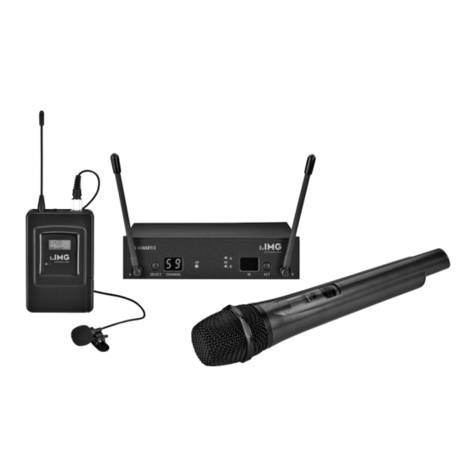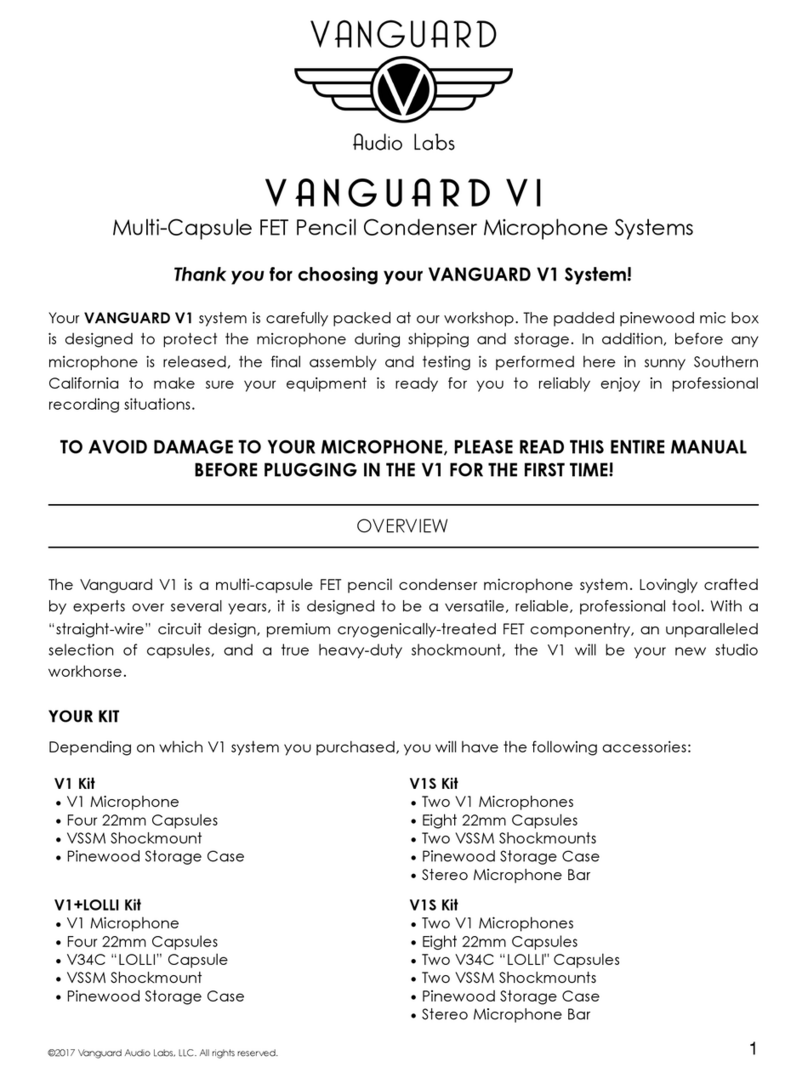
Kurzanleitung
Schallbeugungskugel
SBK 130 A
Funktion
Die Schallbeugungskugel SBK 130 A kann auf
die Druckempfänger KM 130, KM 131 (A/D) oder
KM 183 (A/D) gesteckt werden, so dass jeweils die
Membran einen Teil der Kugeloberäche bildet.
Damit wird bei diesen Mikrofonen der Frequenzbe-
reich zwischen 2 kHz und 10 kHz für Schalleinfall
aus dem vorderen Halbraum um maximal 2,5 dB an-
gehoben, während Schallanteile aus dem hinteren
Halbraum ab etwa 5 kHz um maximal 2,5 dB abge-
senkt werden. Die Schalleinfalls-Richtungen 90°
(Seite) und 180° (hinten) werden nicht beeinusst.
Durch die Schallbeugungskugel erhalten die Druck-
mikrofone einen früheren und saneren Druckan-
stieg im mittleren und oberen Frequenzbereich.
Die Bündelung im oberen Frequenzbereich nimmt
ähnlich einem Druckgradientenempfänger zu, wo-
bei das Mikrofon als Druckempfänger aber ein bis
zu tiefsten Frequenzen lineares Übertragungsmaß
liefert. Die stärkere Bündelung erlaubt einen grö-
ßeren Aufnahmeabstand und macht KM 130 sowie
KM 183 (A/D) besonders geeignet als Stereohaupt-
mikrofone in A-B-Anordnung.
Handhabung
Die Schallbeugungskugel SBK 130 A
wird auf das Mikrofon gesteckt,
bis die Kugel bündig mit der Mik-
rofon-Vorderkante abschließt. Die
Montagerichtung ergibt sich aus der
Fase an der Bohrung.
Sicherheitshinweis
Vor der Verwendung der SBK über-
prüfen Sie diese auf festen Sitz auf
dem Mikrofon.
Brief instruction
SBK 130 A
Sound Diffraction
Sphere
Function
The sound diraction sphere attaches to the front
of the KM 130, KM 131 (A/D) or KM 183 (A/D). The
diaphragm of the microphone capsule becomes an
integral part of the front surface in the sphere. This
modication of the microphone shape changes its
frequency response characteristic. Sound compo-
nents reaching the microphone from the front half-
space are emphasized as much as 2.5 dB between
2 kHz and 10 kHz. In contrast, sound components
reaching the microphone from the rear half- space
are attenuated by about 2.5 dB by frequencies
above 5 kHz. Sound coming from the side (90°) or
from the rear (180°) is not aected.
The result is a microphone with a smooth and
gradual rise in pressure build-up of the middle and
upper frequencies. In this higher frequency range
the directivity increases, similar to a pressure
gradient microphone. In the remaining frequency
range, down to the lowest frequencies, the micro-
phone has a very linear response, as is typical for
a pressure transducer. The increased directivity
permits a greater pickup distance from the sound
source without loss of high frequencies. KM 130
and KM 183 (A/D) are especially suitable for use as
stereo main microphones in A-B conguration.
Operation
Slip the SBK 130 A Sound Dirac-
tion Sphere on to the microphone
until the capsule is ush with its
front edge. The direction of assem-
bly is dened by the bevel at the
bore.
Safety Instruction
Before use check the SBK for a close
t on the microphone.
Kapsel/Capsule

